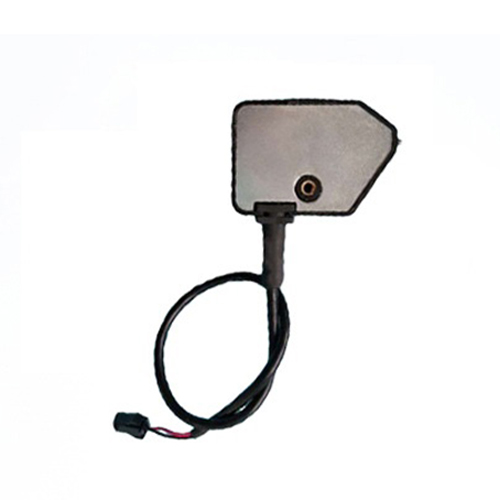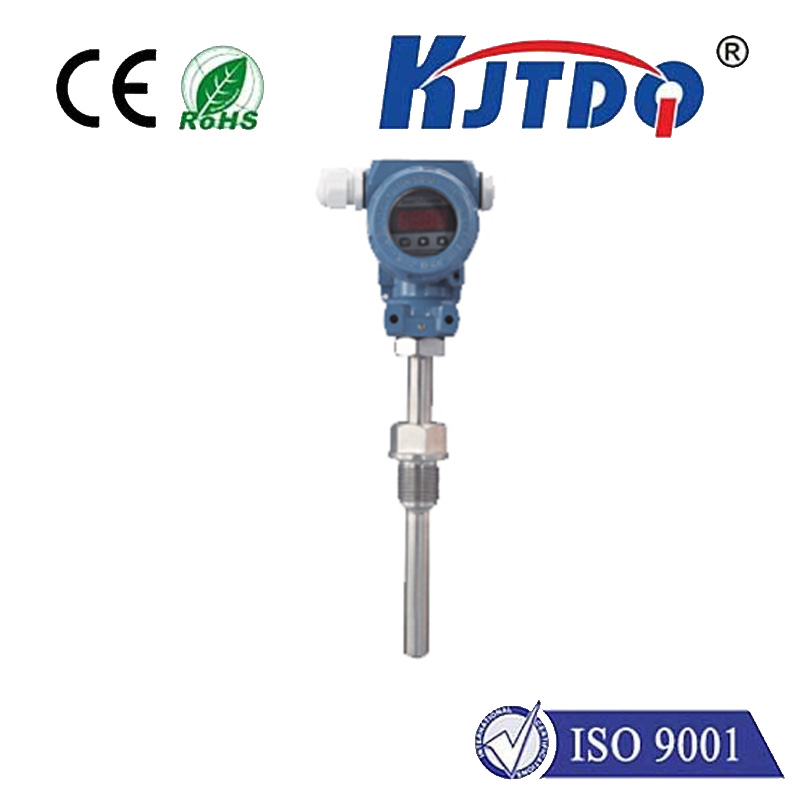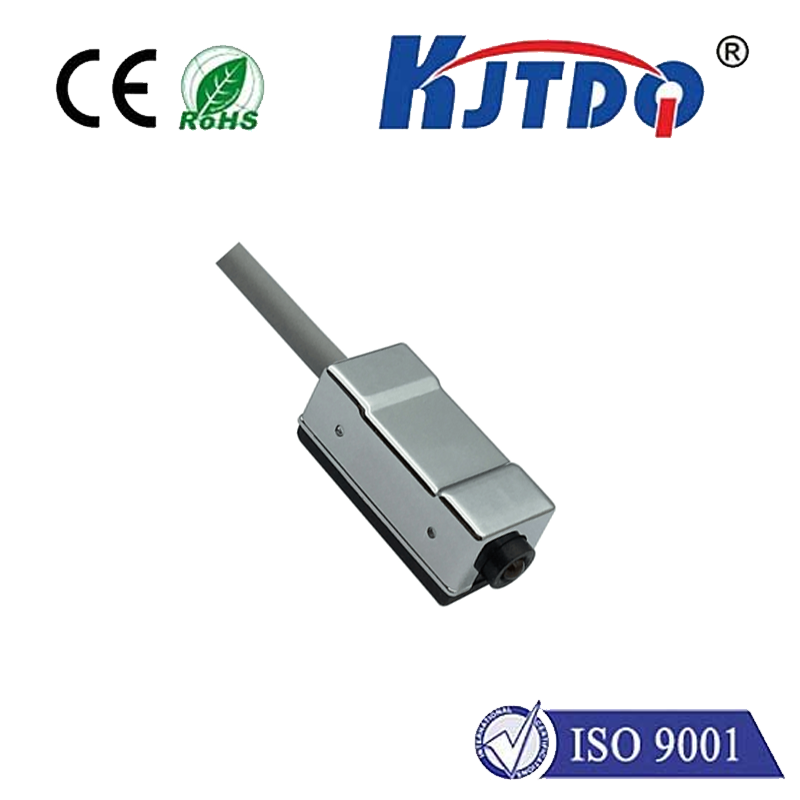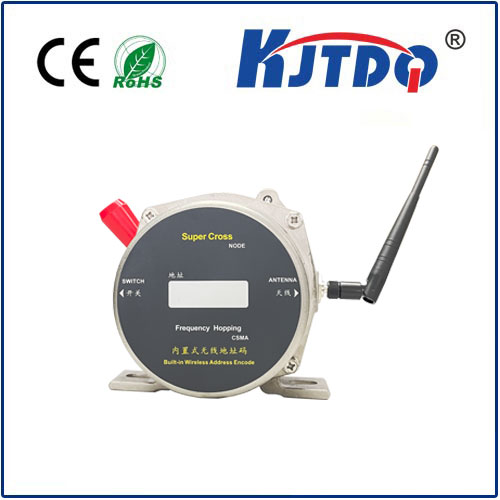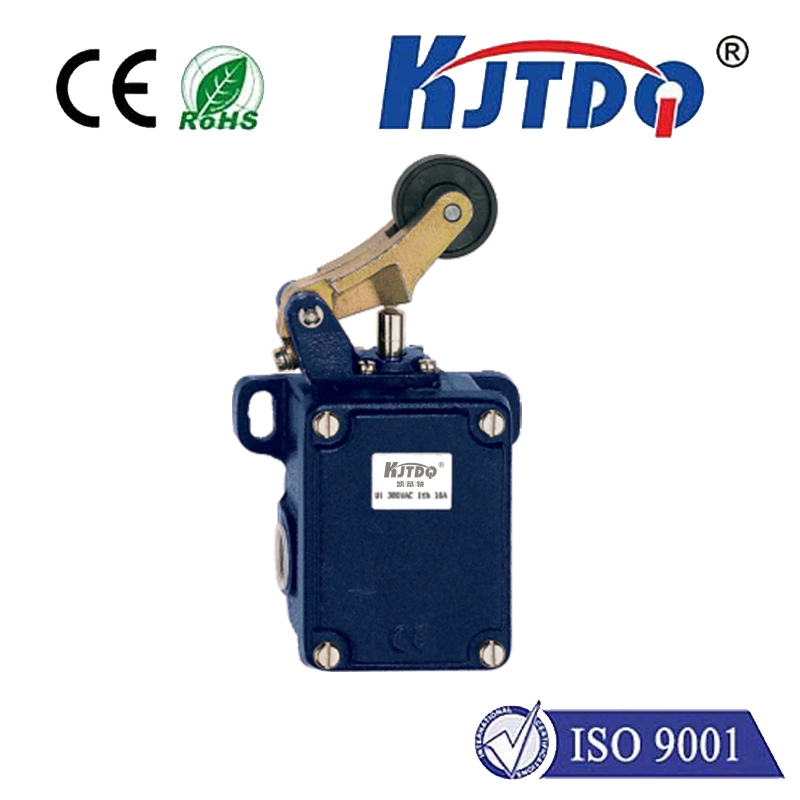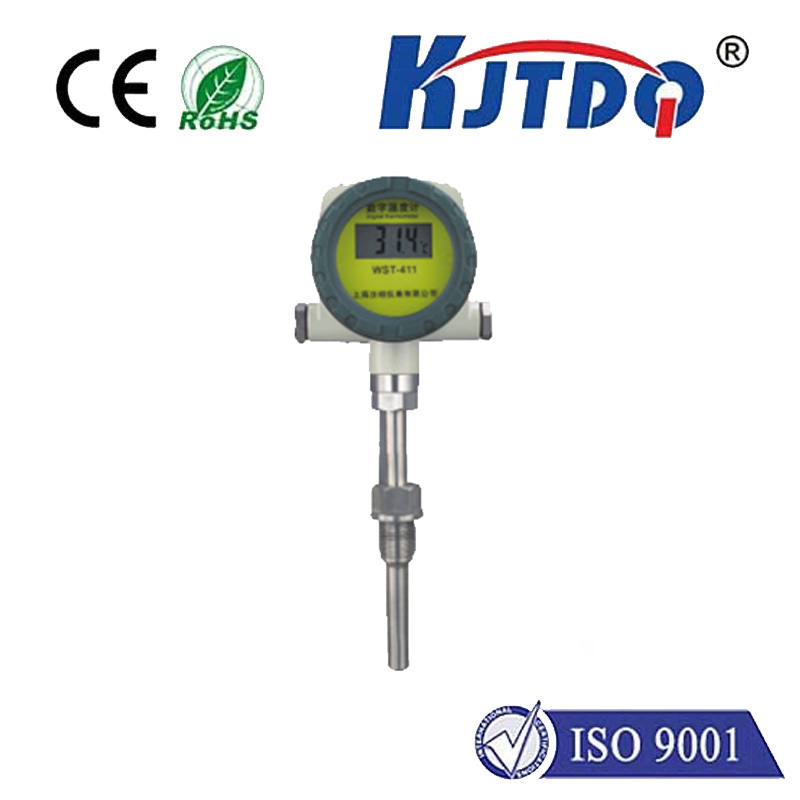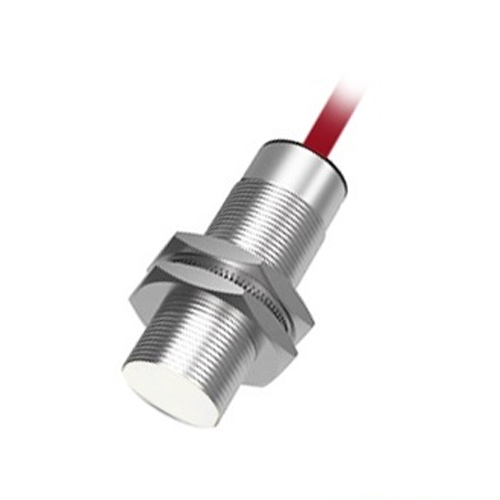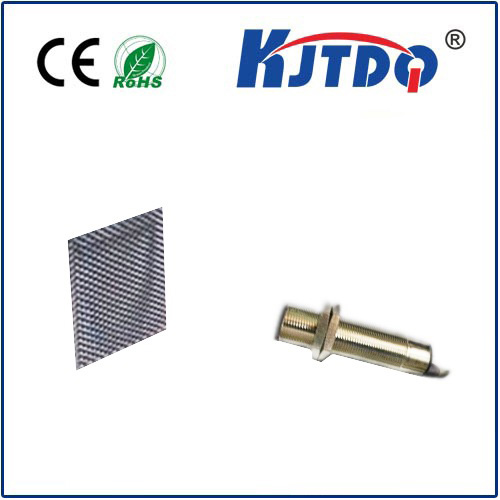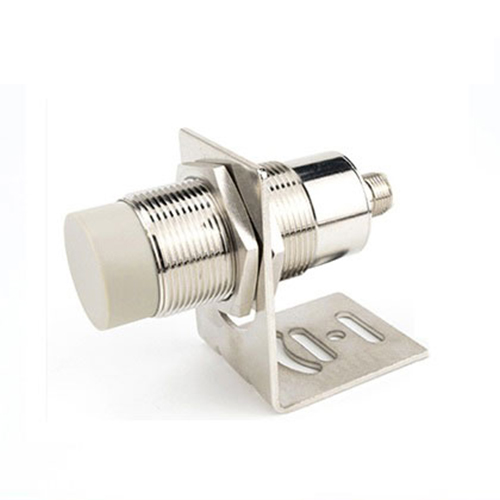

check

check

check

check

check

check

check

check

check

check
Two-way limit switches are a crucial component in many industrial and commercial applications, providing essential safety and control functions. These devices are designed to detect the position of moving objects, such as machinery or vehicles, and stop them at predetermined limits. By doing so, they prevent accidents, damage, and downtime, ensuring smooth and efficient operations.
One of the primary benefits of two-way limit switches is their ability to provide feedback on both directions of movement. This means that operators can monitor the status of their equipment from a distance, allowing them to respond quickly to any issues that may arise. Additionally, these switches can be easily integrated into automated systems, further enhancing their functionality and flexibility.

Another advantage of two-way limit switches is their versatility. They come in various forms, including mechanical, magnetic, and photoelectric models, each with its own unique features and capabilities. For example, mechanical switches are ideal for applications where physical contact is required, while magnetic switches offer greater sensitivity and durability. Photoelectric switches, on the other hand, are best suited for high-speed applications where precise positioning is critical.
In addition to their practical uses, two-way limit switches also play an important role in promoting workplace safety. By setting clear boundaries for machine movement, they help prevent accidents caused by human error or equipment malfunctions. This not only protects employees but also reduces liability risks for employers.
Furthermore, two-way limit switches can improve overall productivity by minimizing downtime and maintenance costs. When machines operate within their designated limits, they are less likely to experience wear and tear or require repairs. This translates into increased efficiency and reduced expenses over time.
In conclusion, two-way limit switches are a valuable tool for businesses across industries. With their ability to provide feedback on both directions of movement, promote workplace safety, and improve productivity, these devices are essential for maintaining smooth and efficient operations. As technology continues to advance, it's likely that we'll see even more innovative uses for two-way limit switches in the future.
